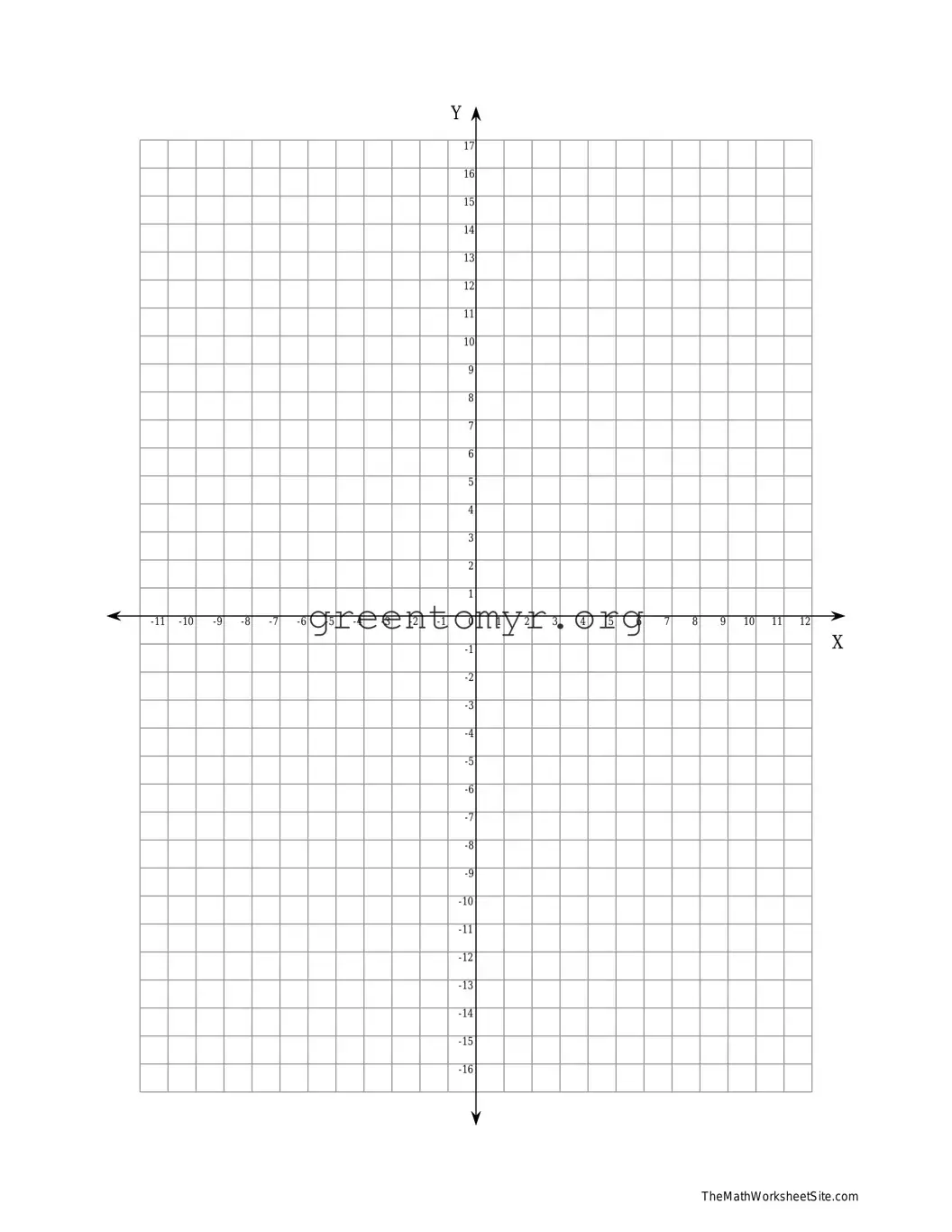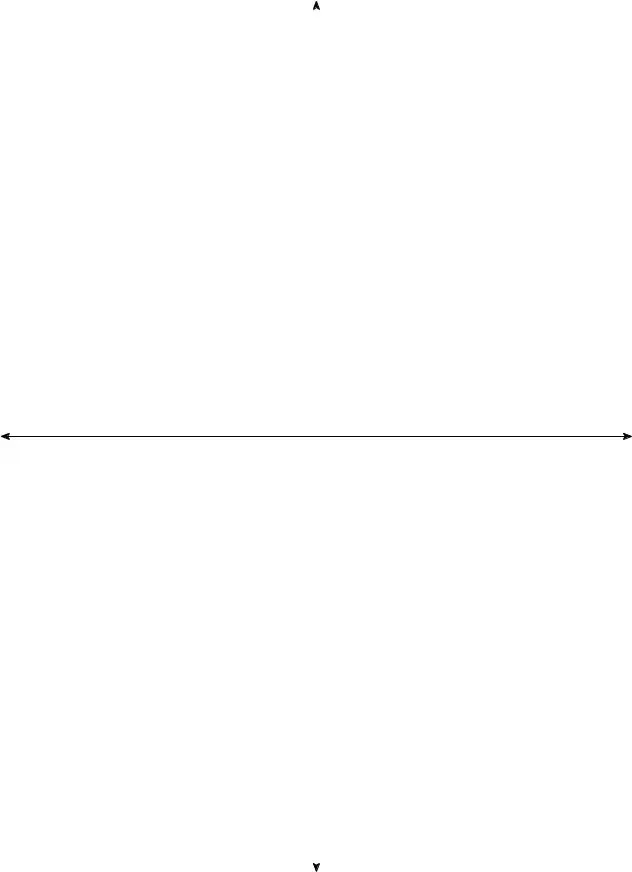What is the coordinate plane?
The coordinate plane is a two-dimensional surface where points are defined by pairs of numerical coordinates. Each point has an x-coordinate and a y-coordinate, which indicate its position relative to two perpendicular lines called axes. The horizontal axis is known as the x-axis, while the vertical axis is the y-axis. Together, these axes divide the plane into four quadrants.
What are the four quadrants in the coordinate plane?
The coordinate plane is divided into four quadrants:
-
Quadrant I:
Both x and y coordinates are positive.
-
Quadrant II:
The x coordinate is negative, and the y coordinate is positive.
-
Quadrant III:
Both x and y coordinates are negative.
-
Quadrant IV:
The x coordinate is positive, and the y coordinate is negative.
How are points represented in the coordinate plane?
Points are represented as ordered pairs in the format (x, y), where 'x' denotes the horizontal position and 'y' denotes the vertical position. For example, the point (3, 2) indicates a position three units to the right of the origin and two units up.
What is the origin in the coordinate plane?
The origin is the point of intersection of the x-axis and y-axis. It is represented by the ordered pair (0, 0). The origin serves as a reference point for locating all other points in the coordinate plane.
How do you plot a point on the coordinate plane?
To plot a point, follow these steps:
-
Start at the origin (0, 0).
-
Move along the x-axis to the x-coordinate of the point.
-
Then move vertically to reach the y-coordinate.
-
Mark the spot where you end up; this is the location of your point.
The distance formula calculates the distance between two points (x₁, y₁) and (x₂, y₂) in the coordinate plane. It is given by the equation:
√((x₂ - x₁)² + (y₂ - y₁)²). This formula arises from the Pythagorean theorem.
What does it mean for two points to be collinear?
Two or more points are collinear if they lie on the same straight line. To determine if points are collinear, one can either graph them or use the slope formula to compare the slopes between pairs of points.
What is a slope in the context of the coordinate plane?
Slope refers to the steepness of a line on the coordinate plane and is calculated as the change in y divided by the change in x between two points. The formula is:
slope (m) = (y₂ - y₁) / (x₂ - x₁). A positive slope indicates a rise, while a negative slope indicates a decline.
Can you explain what linear equations represent in the coordinate plane?
Linear equations represent straight lines in the coordinate plane. They can be represented in various forms, including slope-intercept form (y = mx + b), where 'm' is the slope and 'b' is the y-intercept. The solutions to a linear equation correspond to the coordinates of points that lie on that line.
What is the significance of the coordinate plane in real life?
The coordinate plane is essential in various fields, including engineering, architecture, and computer graphics. It aids in visualizing and solving problems related to space and movement. For instance, GPS technology relies on coordinate systems to pinpoint locations accurately.

